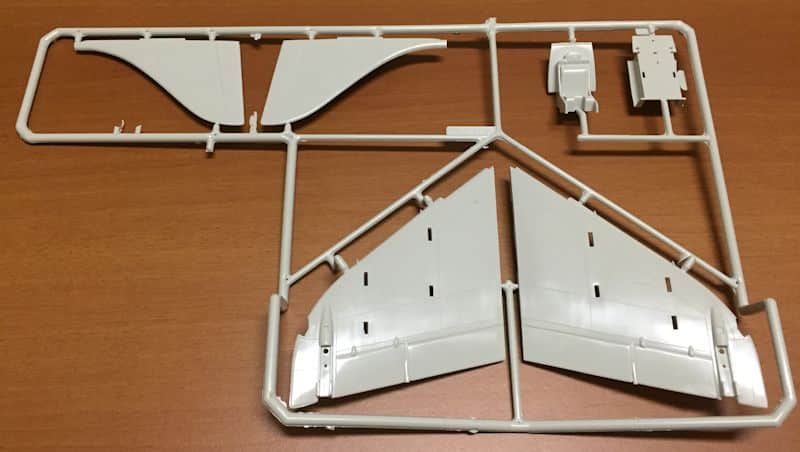Revell 1:32 Hawker Harrier GR.1 50 Years Review
Prototype: The Hawker Siddeley Harrier GR.1 is a single-engine, single-seat vertical/short take-off fighter-bomber made by the British manufacturer Hawker Siddeley Aircraft Ltd., later BAe, British Aerospace. The Harrier has been used by the Royal Air Force, the Thai Navy, Spanish Navy, and the United States Marine Corps.
From April to December 1969, the No. 1 Squadron the first 20 series GR.1. In England the No. 1 Squadron in Wittering and No. IV Squadron in Wildenrath. The No. 233 Operational Conversion Unit (OCU) was also set up in Wittering. After the Harrier’s flexibility in these units had become apparent, the No. 3 and 20 Squadron in Wildenrath with the replacement of their equipment with the Harrier.
The first two-seat training aircraft also followed in 1970. In 1977, the RAF-Harrier in Germany relocated to the RAF Gütersloh location. 20 Squadron was disbanded. Due to the local conditions, the nominally 36 aircraft were divided into only two squadrons, the No. 3 and 4 Squadron. The No. 3 and 4 Squadron were stationed in RAF Laarbruch (Weeze) from 1992 to 1999, then relocated to England and decommissioned a few years later.
During the Falklands War, the Harrier proved to be on a par with pure fighter aircraft, such as the Dassault Mirage III used by the Argentine armed forces, in aerial combat. This was partly because of the AIM-9L Sidewinder air-to-air missiles supplied by the United States, but mainly because the never intended pivoting of the thrusters during the flight made maneuvers previously impossible. For the initially planned use as a fighter-bomber for close air support, however, the Harrier was too weakly armored.
Kit: The model first appeared in 1972, then 1973, 1974, 1979, 1982, and again before the present example came in new packaging in 2019. The box is opened from above.
The kit contains five injection molded parts, one with transparent parts and a sheet with water slide pictures. No defects could be found in transparent parts.
The components are apparently OK. There are impurities, but they are very easy to remove. The attached pilot figure is interesting. The position of the figure is that of “a deity in a major temple”. So the comment of an IPMS member.
The age of the kit must be taken into account. There are no recessed lines. Instead, the parts have raised panel lines, as was common at the time. You can use these to engrave the joints. Or you work, as recommended by the said member, with pre-shading the lines. You will see whether I flatten the raised lines a little with sandpaper.
Building instructions/painting: The building instructions are colored and clearly laid out. The colored representation of the upper side, lower side, and both side parts are particularly favorable for painting. Water slide decals are available for an optional Harrier No. 3 Squadron in Wildenrath, August 1974, or the No.20 Squadron in Wildenrath from April 1971.
Five pots of acrylic paint are included in the kit. Dark gray, gray, light gray, dark green and aluminum are enough for a lot of painting. There is also a brush that you should at least give a chance. The little bottle of glue isn’t out of place either.
For the perfectionist, the construction report could be interesting. It is also pointed out here that a coat of glossy paints is correct, as the matt finish was only introduced in 1977.
Conclusion: The model has its charm. It is big. The pulpit is big. There is a pilot figure. Majagod or not, with such a large pulpit a figure makes the model livelier. There is also a figure from the accessory trade that is likely to be more beautiful and less god-like.
The inscription “NEW” on the packaging is annoying. This kit is anything but NEW. There are worlds between a model from 1971 and today’s demands. That doesn’t make this kit a bad model, but the label promises a “new” model.
The juxtaposition of old and new models in Revell’s range leads to confusion for inexperienced customers. Airfix provides old kits with the helpful addition “Classic”. Revell could e.g. work with terms like “senior”, “rich in years” or “Asbach”. The note “50 Years” refers to the original Harrier.
This kit can be obtained from well-stocked specialist shops or directly from Amazon.









